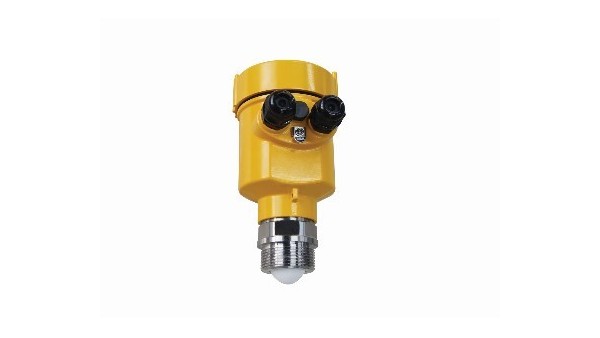The Alumina extraction process is one of the key steps in aluminum production, involving leaching, concentration, crystallization, and other steps. In the concentration process, the stirring tank is commonly used to mix the alumina slurry in order to improve the concentration and quality of alumina; in order to ensure the efficient and stable operation of the production process, a radar level meter can be used to measure the level of the alumina extraction stirring tank, and the concentration and flow rate of the material in the tank can be monitored regularly to ensure the quality and safety of the production process.

Characteristics of Alumina Extraction Agitation Tank An alumina extraction agitation tank usually consists of a round or rectangular vessel and a rotating paddle. During the mixing process, the paddle stirs the alumina slurry by rotating to increase the consistency and quality. Alumina extraction agitator tank has the following characteristics:
High viscosity: Since alumina slurry has a high viscosity, an agitator and agitator tank made of wear-resistant materials are required to ensure a stable agitation effect. High-temperature and high-pressure environment: The alumina extraction process requires a high-temperature and high-pressure environment, so the level measurement equipment needs to have a certain degree of resistance to high temperature, corrosion, and high-pressure.
High safety requirements: Since alumina slurry has an irritating effect on the human body, and the concentration process is prone to explosion and other safety accidents, the level measurement equipment of the alumina extraction stirring tank needs to have high safety and stability to ensure the safety and reliability of the production process.

Let us take the alumina extraction stirring tank commonly used in aluminum plant production as an example to introduce the practical application of radar level meters in liquid level measurement.
In the alumina extraction stirring tank of an alumina plant, the monitoring of liquid level height needs to be carried out in a harsh environment such as high temperature and high pressure.
In order to solve the problem of a harsh environment and easy to contaminate the measuring equipment, the plant chose to use a non-contact radar level meter to carry out the monitoring and control of the material level in the tank.
During normal operation, the radar level meter measures the liquid level of alumina slurry in the tank through microwave signals and transmits real-time level information to the process control system.
The operator can check the status of the alumina slurry in the tank through the monitoring system, master the flow and concentration of the material, and adjust the production parameters in time to ensure production quality and efficiency.
In another case in an aluminum plant’s alumina extraction mixing tank level measurement, there are positioning inaccuracies, large errors, and other problems. In order to solve these problems, the plant decided to use a high-frequency radar level meter for replacement.
The HF radar level meter has higher measurement accuracy and smaller error and is able to cope with the harsh working environment.

After replacement, the high-frequency radar level meter can accurately measure the liquid level changes in the alumina extraction mixing tank. It can work stably in high-temperature and high-pressure environments without being affected by gas, steam, or mucus, and maintains accurate measurement results.
By connecting with the process control system, the operator can monitor the alumina slurry level in the stirring tank at any time and adjust the stirrer’s speed and concentration parameters in time to improve production efficiency and product quality.
The radar level meter has a wide range of applications in alumina extraction stirring tank level measurement.
Whether it is normal operation monitoring, or to deal with abnormal conditions, the radar level meter can provide accurate and reliable measurement results, providing key data support for the alumina production process, enhancing production safety and operational efficiency.
